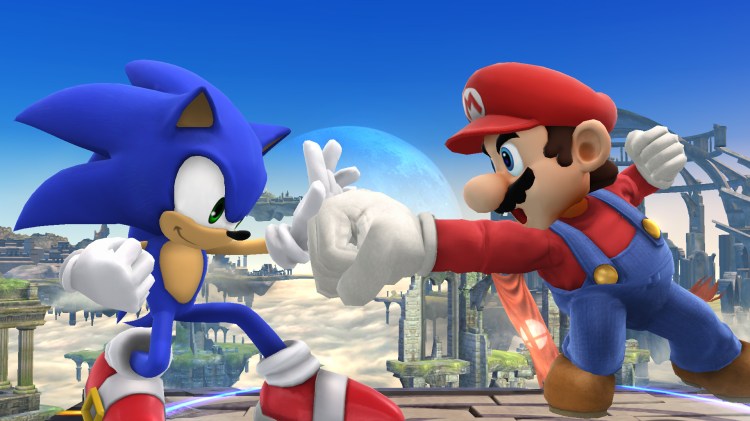Nintendo could have implemented backward compatibility into the Super Nintendo … for $75
To follow-up the incredibly popular Nintendo Entertainment System and to thwart competition from the upstart Sega, company president Hiroshi Yamauchi gave his engineering team orders to make an amazing new system. More important than that, however, the Super Nintendo had to have the capability to play the original Nintendo games.
We all know that didn’t happen.
Nintendo was able to build a system that could produce colorful visuals, but the top engineers could not get that hardware to work with older NES titles without adding $75 to the cost of the $250 machine.
In the end, Nintendo reasoned it was more important to have a lower price and that consumers were giving up cartridges for CDs. Maybe they would look at the Super Nintendo transition in a similar way. Unlike Sega, however, Nintendo didn’t even opt to release an add-on port that would enable the Super Nintendo to play the 8-bit software.
Consumers, and parents in particular, felt that Nintendo was actually trying to exploit them by releasing a new system that requires new software. The nightly news reports even featured stories about it:
Nintendo didn’t care about making friends, and this helped Sega
Nintendo dominated gaming for much of the 1980s, and it didn’t hesitate to implement draconian controls or to throw around its legal might to keep it in charge of all aspects of the industry. That included things like taking the Blockbuster corporation to court to fight game rentals as well as starting the Nintendo Power magazine to cut out independent publications.
So when Sega needed to grab the attention of gamers, Blockbuster was happy to work with Sega by setting up in-store displays. When Sonic The Hedgehog was getting ready to debut, the American press was happy to put him on the cover of their magazines since Nintendo gave almost all of its biggest stories to its own Nintendo Power.
Kalinske, a charming man who knows how to make friends, even noted to Harris that it was much easier to rely on the hatred others had for Nintendo.
The U.S. government brought a lawsuit against Nintendo on the anniversary of Pearl Harbor
Nintendo’s retail tactics, such as those that kept Tengen games out of stores, eventually led the federal government to bring charges against Nintendo. While many argued the House of Mario was operating a monopoly, others believed that the suit was an example of Americans trying to prevent a Japanese company from gaining traction in the U.S. Harris points out that many believed the latter theory because the government filed the charges on Dec. 7, 1989, which was the 48th anniversary of Japan’s attack on Pearl Harbor.
Whatever the reason, Nintendo’s legal team — savvy as ever — was able to negotiate a deal that would give everyone who purchased a Nintendo Entertainment System between June 1, 1988, and Dec. 31, 1990, a $5 coupon. This got the government off Nintendo’s back, and it would force consumers to spend $50 on an NES game to save $5.
What surprised the author?
While the book surprised me a number of times, I wanted to learn what shocked the author while he was researching the book. Harris, who is working on turning the book into a documentary, was happy to fill me in.
“Going into the writing of Console Wars, I expected the most vicious war stories to be about the feud between Sega and Nintendo,” he told GamesBeat. “But I was totally surprised to learn that while that battle was going on, an even greater war was brewing between Sega of America and Sega of Japan.”
Those battles started with Sega of America taking over the design of Sonic The Hedgehog (which looked much edgier) and continued for years.
Out of everything he uncovered, however, Harris still has one thing that he still shocks him.
“I still can’t believe that Sega passed up the opportunity to release the consoles that became the Sony PlayStation and Nintendo 64,” Harris said. “And even more surprising than the fact that they missed out on these two consoles, which ultimately led Sega to their untimely demise, were the strange reasons why this was the case.”
Those reasons? Well, it has a lot to do with the battle between Sega of America and Sega of Japan. You can get the full story when the book drops later this month.
VentureBeat's mission is to be a digital town square for technical decision-makers to gain knowledge about transformative enterprise technology and transact. Learn More

